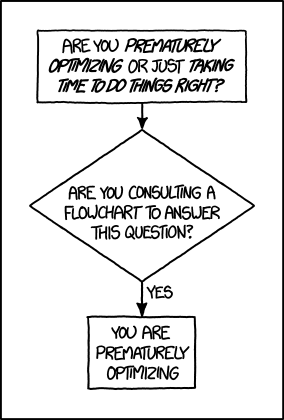Over the past week, I attended (and presented at) one of the biggest conferences in Machine Learning: Neural Information Processing Systems (NIPS) 2017 at Long Beach, California, and the experience was nothing short of exhilarating. There were a number of themes that I made note of, and one blog post is not enough to illustrate them all. So I’ll try to enforce some structural sparsity here to reduce the complexity of this text.
1. NIPS 2017 was humongous.
About 8000 people from academia and industry, thronging to the Long Beach Convention (epi)Center to talk about ground breaking research. It was chaotic. Took me an hour of standing in line to just get my registration badge!

2. Star studded. Both in terms of people and sponsor companies.
3. GANs were an audience favorite. You know something is the new buzz word when companies turn it into a catchphrase and print it on a t-shirt (yes, I did manage to get one for myself!).
You can’t find a better endorsement! There was an entire track of talks specially dedicated to recent advancements in GANs.
4. Bridging the gap between Theory and Practice.
Ali Rahimi’s talk before accepting the Test of Time award was something that was recommended for multiple viewings by multiple people to me. And the entire focus of the talk was about bettering the current brittle algorithmic frameworks, by theoretically analyzing the entire optimization problem, and not treating it like alchemy. There was also an entire workshop dedicated to this theme.
5. “Where’s the party tonight?”
I was asked by at least 5 different people if I was attending a certain sponsor after-party. I had actually got invites to most and RSVP-ed as well, but I found myself extremely exhausted (also, running out of mingling-with-random-strangers stamina). In fact there were people who were particularly interested in the parties and had no clue about what the next talk was about. I guess beyond a point, certain level of sponsor involvement could get worrisome.
6. “Do you want some swag?”
With so many sponsor booths, they had to try different strategies to attract the best minds around. Which meant, flashy sponsor swag (translation: goodies). You could collect enough t-shirts to get through 2 weeks without laundry. These companies certainly know their target, deprived grad students, well.
7. Orals, spotlights and posters.
So much information to gather! NIPS this year, had a record 678 accepted papers, with main themes being Algorithms, Theory, Optimization, Reinforcement Learning, Applications, GANs.
8. Even more orals and posters, in the form of numerous workshops. Also guest appearances from the Women in Machine Learning (WiML) community.
9. Debates and panels.
An interesting debate on the relevance of studying the interpretability problem, sparked a conversation on the various interpretations of the term itself, and whether the problem was motivated well enough, to begin with.
10. A free flow of ideas from every corner.
Some highlights were talks (that I managed to attend) by Bertsekas, Goodfellow, etc. Couldn’t attend some of the morning ones though! And of course, there was a lot to take away from several of the posters sessions. I think I also learnt how to sell an idea better, through my own poster presentation.
I think overall, it was a great learning experience and incredible exposure for a first-timer like me. Hopefully, I will get a chance to visit again! I’m also going to write a part 2 of my experience, which will focus more on some of the more technical ideas that caught my attention at NIPS 2017. Should make a good follow up read after this one! Watch out!

